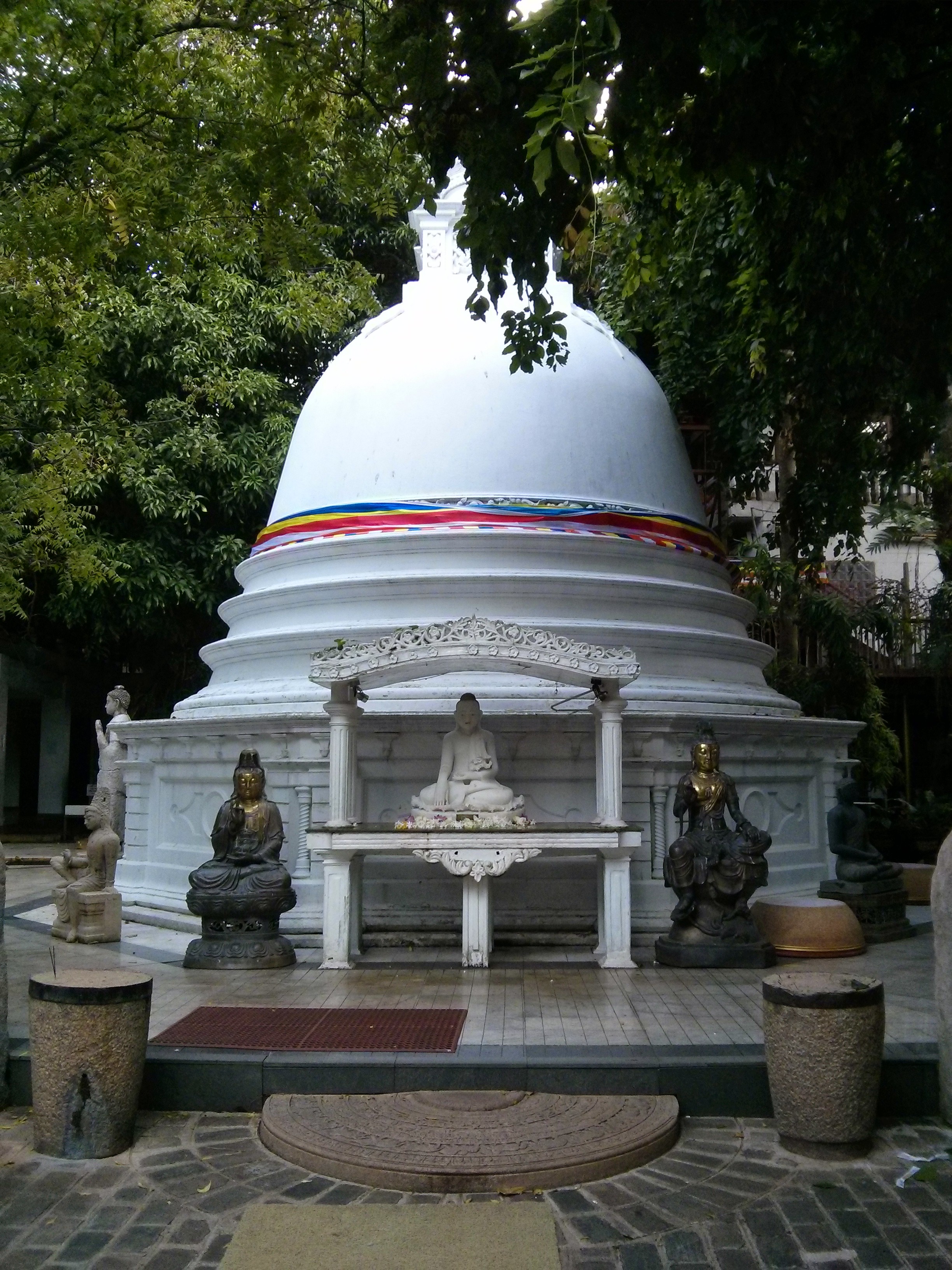Halifax is the capital and most populous city (about half a million) of the Canadian province of Nova Scotia. The native name Kjipuktuk (che-book-took) means “Great Harbour” in the native Mi’kmaq language. It owes its existence to its location as it sits on one of the largest and deepest ice-free natural harbours in the world.
Our ship pulled into the docks with the town on the right and Georges Island on the left. Georges Island is the home of Fort Charlotte, an old fortification with a maze of brick tunnels that once housed the ammunition for the fort’s powerful guns in bomb-proof security.

The right hand side featured one of the best developed port and dock facilities that we have experienced so far. This place has truly developed to maximise its harbourside and centralise the tourism. The wide boardwalk and infrastructure that has been built on the harbourfront really makes it a tourist friendly environment.






The waterfront is several kilometers long, with cafe’s, shops, restaurants, breweries and bars lining almost every step of the way. The boardwalk has statues, parks, swings, historical markers, and educational signposts all the way along. Some places do their ports well, but this place was a step above.
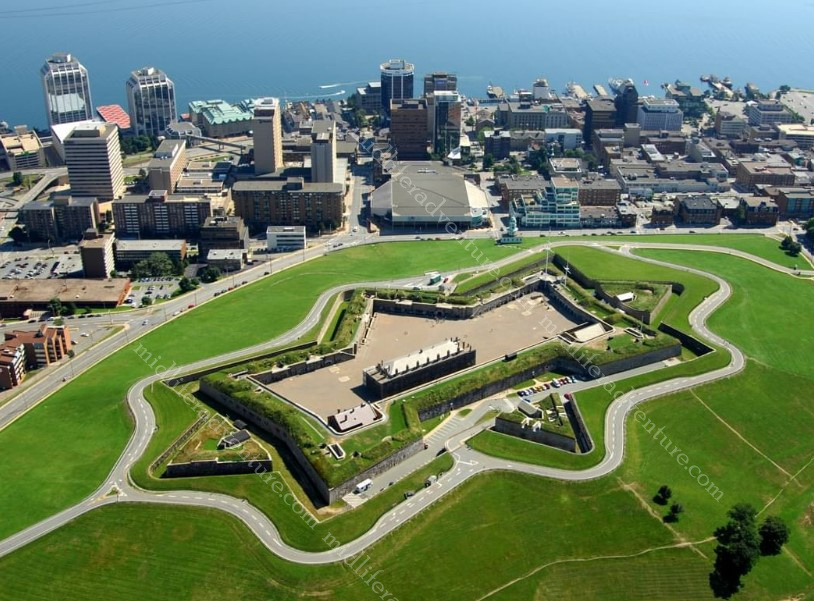
The city itself is dominated by the hilltop Citadel, a star-shaped fort completed in the 1850’s. Four fortifications have been constructed on Citadel Hill since the city was founded by the English in 1749
All but the third iteration have been called the Halifax Citadel. The last part built is a concrete star fort. While never attacked, the Citadel has long been the keystone to defence of Halifax Harbour.
At the approach to the Citadel you find the Town Clock (sometimes called the Citadel Clock Tower). It is a three-tiered octagonal tower built in 1803 on a box, originally facing the barracks. It is four-sided so that soldiers had no excuse for tardiness.
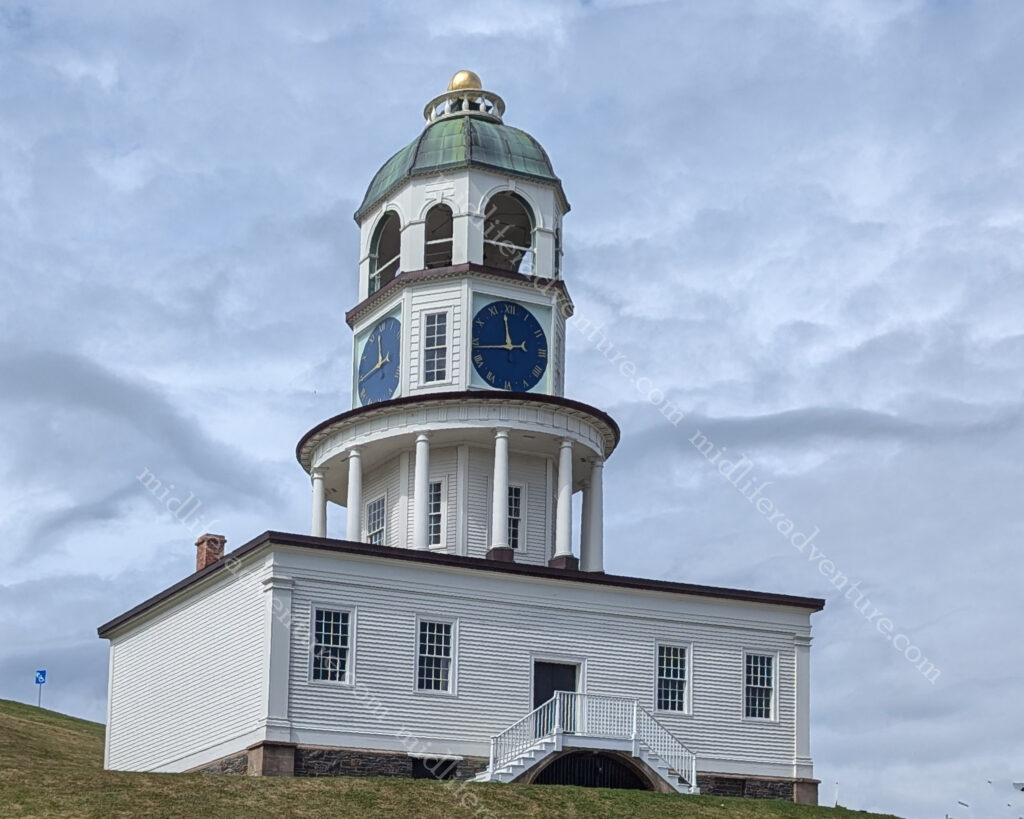
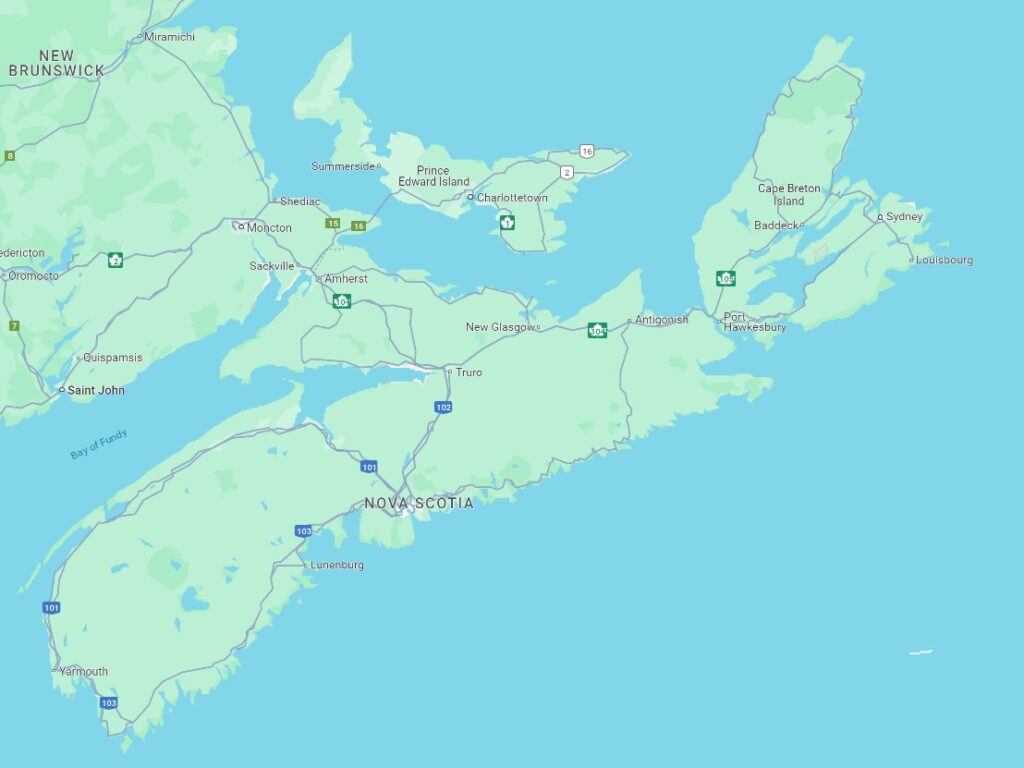
With over 13,000 kilometers of coastline, Nova Scotia offers an abundance of seaside entertainment options. Most notably it is known for its lobster and seafood.
Nova Scotia has some of the most fertile lobster fishing grounds on the planet. It has become the lifeblood of many working fishing communities in Nova Scotia as they hunt for the Atlantic Lobster. The tourism board has developed the Lobster Trail which is a collection of lobster restaurants and diners around Nova Scotia. On offer along the trail include traditional lobster dinners, chowders and rolls. Then there are some rather odd offerings like lobster poutine, lobster tacos, and lobster mac & cheese.



Along with the Lobster trail, Nova Scotia also has a Good Cheer Trail. This trail celebrates the abundance of wineries, breweries, cideries, distilleries and meaderies that are throughout the province. The Good Cheer Trail celebrates all five of these craft beverages.






Along with the waterfront, the rest of the town has a nice collection of Street Art. Interesting murals abound and almost every corner reveals something new or surprising.
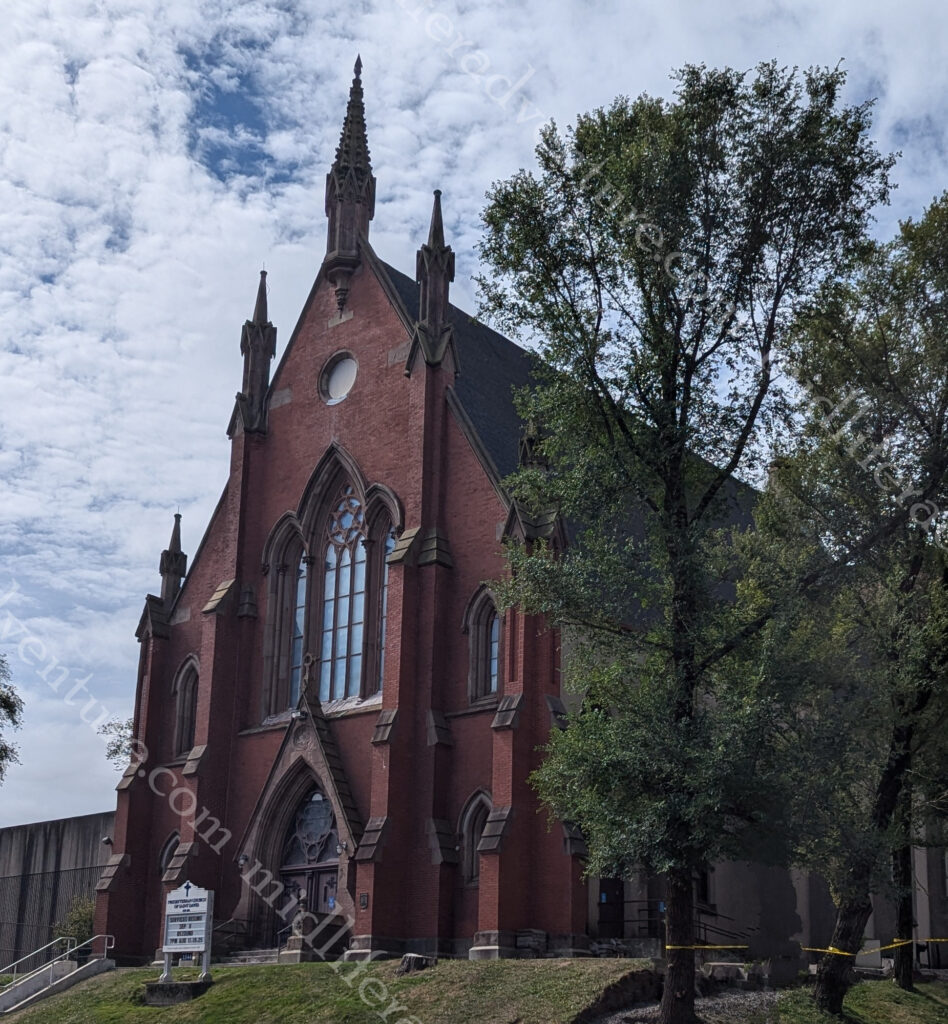
The Presbyterian Church of Nova Scotia, was founded in 1817 but did not have its permanent home in Halifax until it took over the old Methodist church and established the Church of Saint David.
Originally built in 1868-69 the Church overlooks and is surrounded by the old Methodist burial ground.
Saint Mary’s Cathedral Basilica is a Gothic Revival Catholic cathedral in downtown Halifax.
Pope John II visited the cathedral back in 1984 to commemorate the 200th anniversary of the Cathedral.
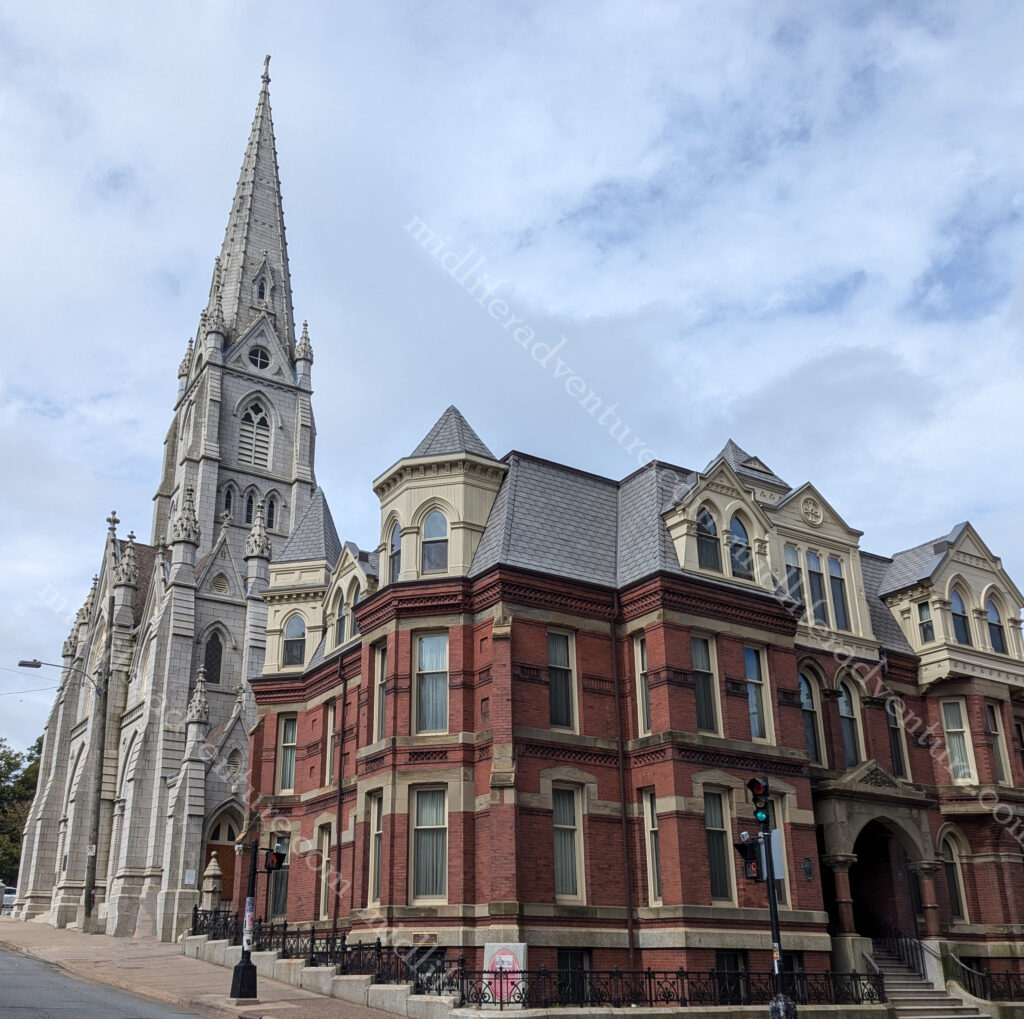
With thousands of kilometers of coastline, it’s no surprise Nova Scotia has the largest number of lighthouses of all of the Canadian provinces. There are more than 150 dotting the coastline. Lighthouses are a common sight along the coasts and remain an important symbol of the past, and highlight the coastal landscapes. Some lighthouses are open to the public with guided tours, while others can be accessed from short trails and hikes.










The town is small with not that much going on, but everything that there is is on full display and is easily accessible. I am not entirely sure that I have ever been in a city or town with as many pubs, restaurants and bars. It seems like every block has at least 5 bars on it. This doesn’t sound like a lot, but as you walk block after block the numbers really add up.















